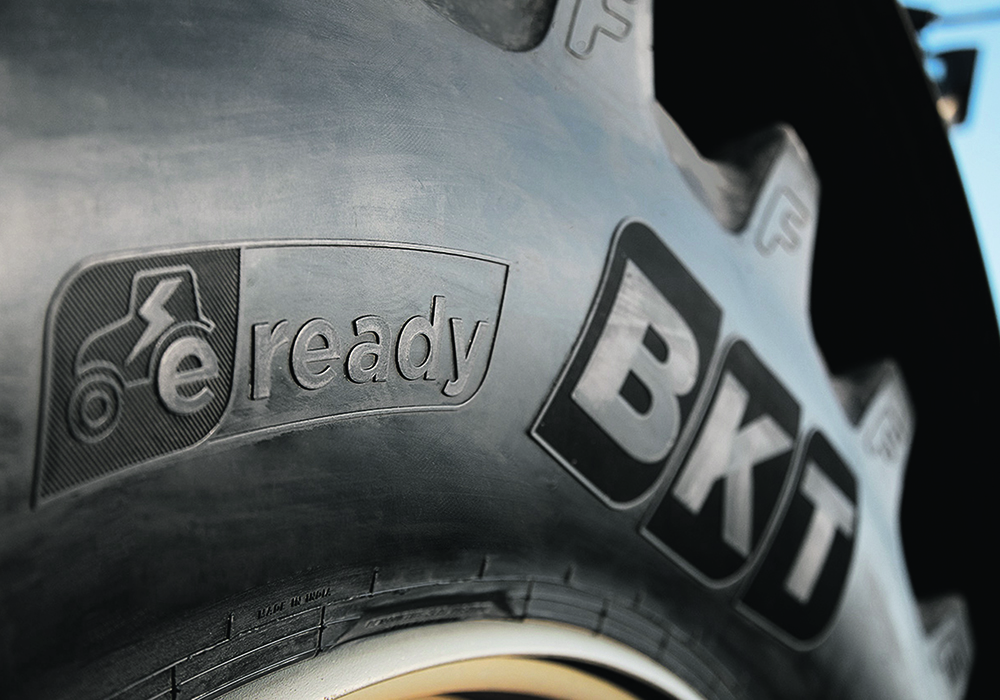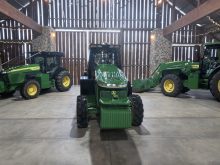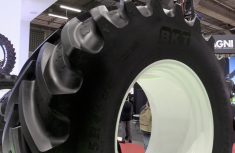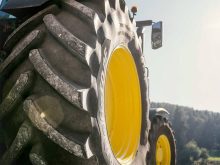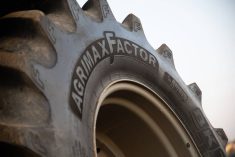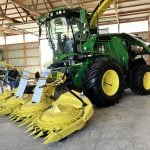As the number of available battery electric production tractors grows, other manufacturers modify their products to more closely meet the needs of that new technology.
That includes tire manufacturers.
BKT has a relatively new line of tires designed specifically for use on battery electric vehicle (BEV) tractors. The tires will display the brand’s “E-Ready” logo on their sidewalls. The first tire to get it is BKT’s Agrimax Factor 70 series, which are designed for BEV tractors.
How does a tire intended for use on an electric machine differ from a conventional one?
According to BKT, there are quite a few differences. In fact, it says trials and field tests have shown that in order to properly equip an electric vehicle, designers have to consider weight, engine structure, range, and even noise.
Electric vehicles weigh more because their batteries can make up 30 per cent extra weight compared to a diesel-powered machine, and load weight really affects tire performance. So, a tire for use on an electric machine will need a more durable carcass to handle the extra load.
Not only are battery electric vehicles heavier, they also move differently than vehicles powered by internal combustion engines.
For example, an electric machine immediately hits maximum power when the operator pushes on the accelerator. Handling the larger, more sudden torque requires the tire to have a stronger bead structure to firmly grip the wheel rim and avoid slippage.

This also means load shifts can occur faster than in conventional vehicles, which can affect tire wear.
To maximize energy savings, which is particularly important in extending the range of battery electric machines, tires must be designed to not adversely affect vehicle energy usage. Rolling resistance must be minimized.
According to BKT, the rolling resistance of a tire can contribute up to 20 per cent of the total energy demand needed to move a vehicle. Reducing rolling resistance requires a rethink of the tread compound, tread pattern and sidewall structure, even size.
When it comes to noise reduction, tread compound and design along with tire tread width play a key role.


